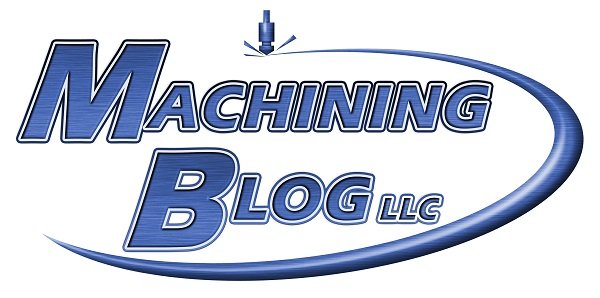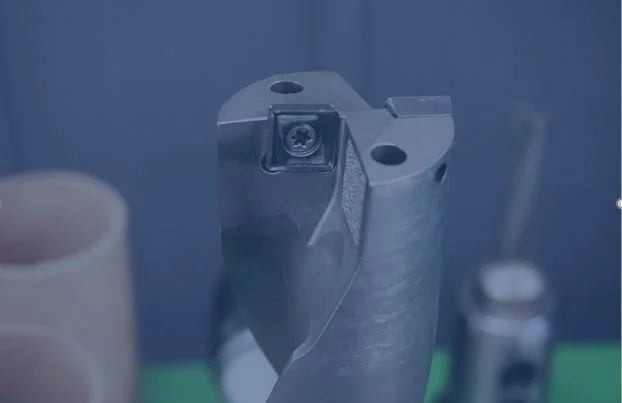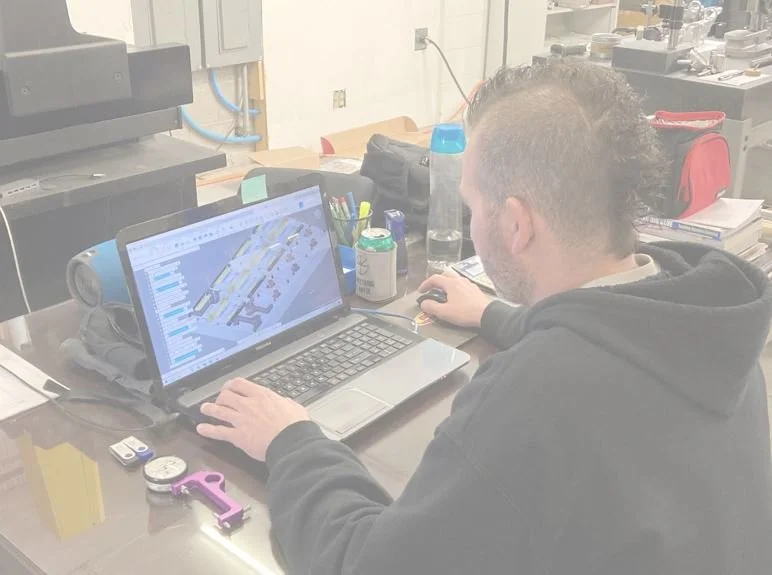Each program has a program number, that should be different from other program numbers
Each line of code in a CNC program is called a “Block”. It contains G and M codes in it.
The block cannot have two M-codes in it
The ending of a Block has a End-of-Block symbol and it is a semi-colon. (Example: G1X.5; )
















